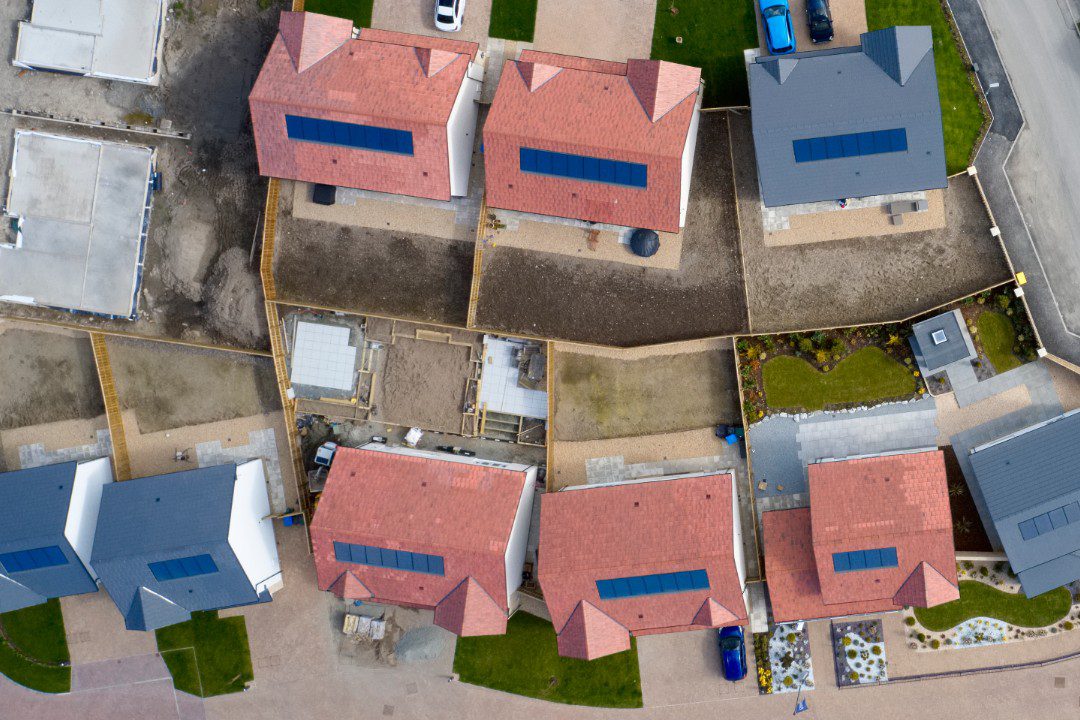Grants and Rebates for Low-Income Households to Access Solar Energy

Solar energy is becoming an increasingly viable option for households across the United States, offering long-term savings and environmental benefits.
However, the upfront costs of solar panel installation can be a barrier for many families, especially those with lower incomes.
To bridge this gap, federal and state-level programs are designed to provide financial assistance, grants, and incentives to help low-income households access solar power.
Why Solar Energy is Important for Low-Income Households
Adopting solar energy can provide significant benefits for low-income households by reducing electricity costs and increasing energy independence. Many families face high utility costs, and solar energy helps offset these expenses by generating free electricity.
Additionally, transitioning to solar supports environmental sustainability, reducing reliance on fossil fuels and contributing to cleaner air.
Federal Programs Supporting Low-Income Solar Adoption
The federal government has implemented various programs to make solar energy more accessible to low-income households. Some of the most impactful programs include:
The Solar for All Program
The Solar for All Program, funded by the Environmental Protection Agency (EPA), provides grants to expand access to solar energy for low-income and disadvantaged communities. This initiative aims to lower energy costs and promote clean energy adoption nationwide.
The Low-Income Home Energy Assistance Program (LIHEAP)
LIHEAP assists low-income households with energy costs, including cooling and heating. While traditionally used for utility bills, some states allow funds to be allocated toward energy efficiency improvements, including solar panel installations.
The Weatherization Assistance Program (WAP)
WAP helps low-income families make their homes more energy-efficient. While primarily focused on insulation and HVAC improvements, certain states incorporate solar installations to reduce long-term energy expenses.
The Federal Solar Investment Tax Credit (ITC)
The ITC allows homeowners to deduct a percentage of their solar installation costs from their federal taxes. Although tax credits primarily benefit higher-income households, some programs combine the ITC with state-level incentives to enhance affordability for low-income families.

State-Level Incentives and Programs
Many states have developed solar programs tailored for low-income residents, providing grants, rebates, and community solar options to help offset installation costs.
California’s Single-Family Affordable Solar Homes (SASH) Program
This program provides upfront incentives to help low-income homeowners install solar panels at little to no cost. SASH prioritizes equitable access to solar energy, ensuring economic and environmental benefits reach underserved communities.
Finding State-Specific Solar Programs
Each state offers unique solar programs tailored to local energy policies and funding availability. Homeowners and renters can research state-specific incentives through resources like the Database of State Incentives for Renewables & Efficiency (DSIRE).
Community Solar: A Solution for Renters and Multi-Family Housing
For low-income households that cannot install rooftop solar panels, community solar projects provide an alternative solution.
Community solar allows multiple participants to share the benefits of a single solar array, receiving utility bill credits for the power generated.
Many states support community solar initiatives, making it easier for renters and multi-family housing residents to access renewable energy.
Eligibility Requirements for Low-Income Solar Programs
While each program has its own criteria, common eligibility requirements include:
Income Guidelines: Many programs are limited to households earning below a certain percentage of the median income.
Homeownership vs. Renting: Some incentives apply only to homeowners, while community solar programs cater to renters.
Credit Considerations: Some solar financing options require credit checks, but certain programs offer no-credit, low-interest financing solutions.
How to Apply for Low-Income Solar Programs
Applying for solar assistance programs involves several key steps:
Research Available Programs: Check federal, state, and local incentives that match your eligibility.
Gather Necessary Documentation: Income verification, utility bills, and proof of residency may be required.
Work with a Solar Provider: Many solar companies help applicants navigate the application process and identify the best financial options.
- Submit Applications: Apply for grants, incentives, and financing options to reduce out-of-pocket costs.

Overcoming Common Barriers to Solar Adoption
Many low-income households hesitate to adopt solar due to concerns about costs, financing, and misinformation. Addressing these barriers can improve accessibility:
Upfront Costs: Programs offering no-cost or low-cost solar installations help mitigate financial concerns.
Education and Outreach: Many families are unaware of available solar incentives. Increased awareness through community programs can encourage adoption.
Long-Term Savings: While installation requires an initial investment, the long-term reduction in energy bills provides substantial financial relief.
Let New Day Help With Your Solar Programs
Expanding access to solar energy for low-income households is essential for creating a more equitable and sustainable energy future.
With numerous federal and state-level programs available, families can access financial assistance to reduce installation costs and benefit from lower utility bills.
Exploring these options and working with us can help with your transition to solar.
For more information on solar incentives and assistance programs, visit us at New Day Solar today.
Filed Under:
have questions?
Schedule a consultation with Our Solar Experts
Find out more with an honest, no pressure consultation
with our team of solar experts.